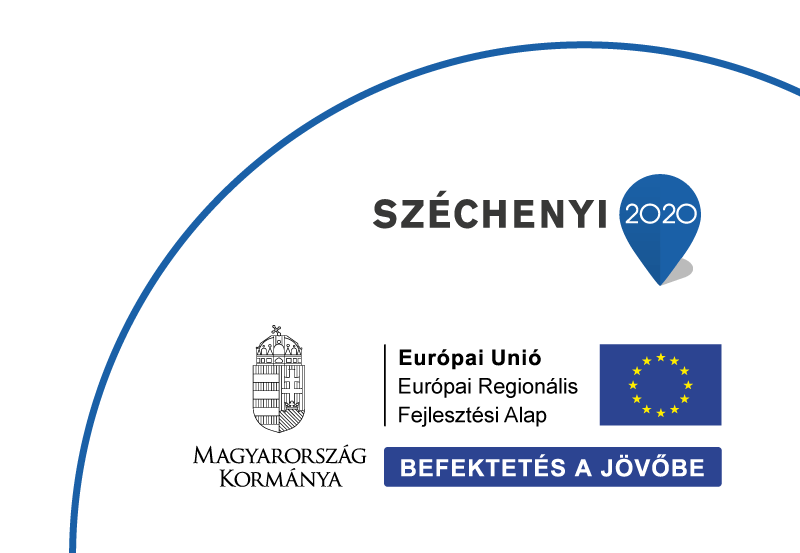Chemical reactions involve breaking and forming of bonds between atoms at very short distances, often rapidly. To study these fast processes, scientists either observe them in real-time using ultrafast spectroscopy or "freeze" the reactions using a technique called matrix isolation (MI). In MI, reactive molecules are trapped in a solid matrix of inert gases at extremely low temperatures (around –263 °C, 10 K), stopping their movement. These matrix molecules are generally noble gases or molecular solids which are transparent to the infrared light and are non-reactive towards the precursor molecules. This allows scientists to capture "photographs" of these “stand-still” molecules during different stages of a reaction using infrared detectors. These snapshots help build theories about how and why reactions occur, guided by a mix of intuition, observation and creativity. Quantum chemical calculations help to dig further about the different possible products and to assign the spectra observed.
 English
English
